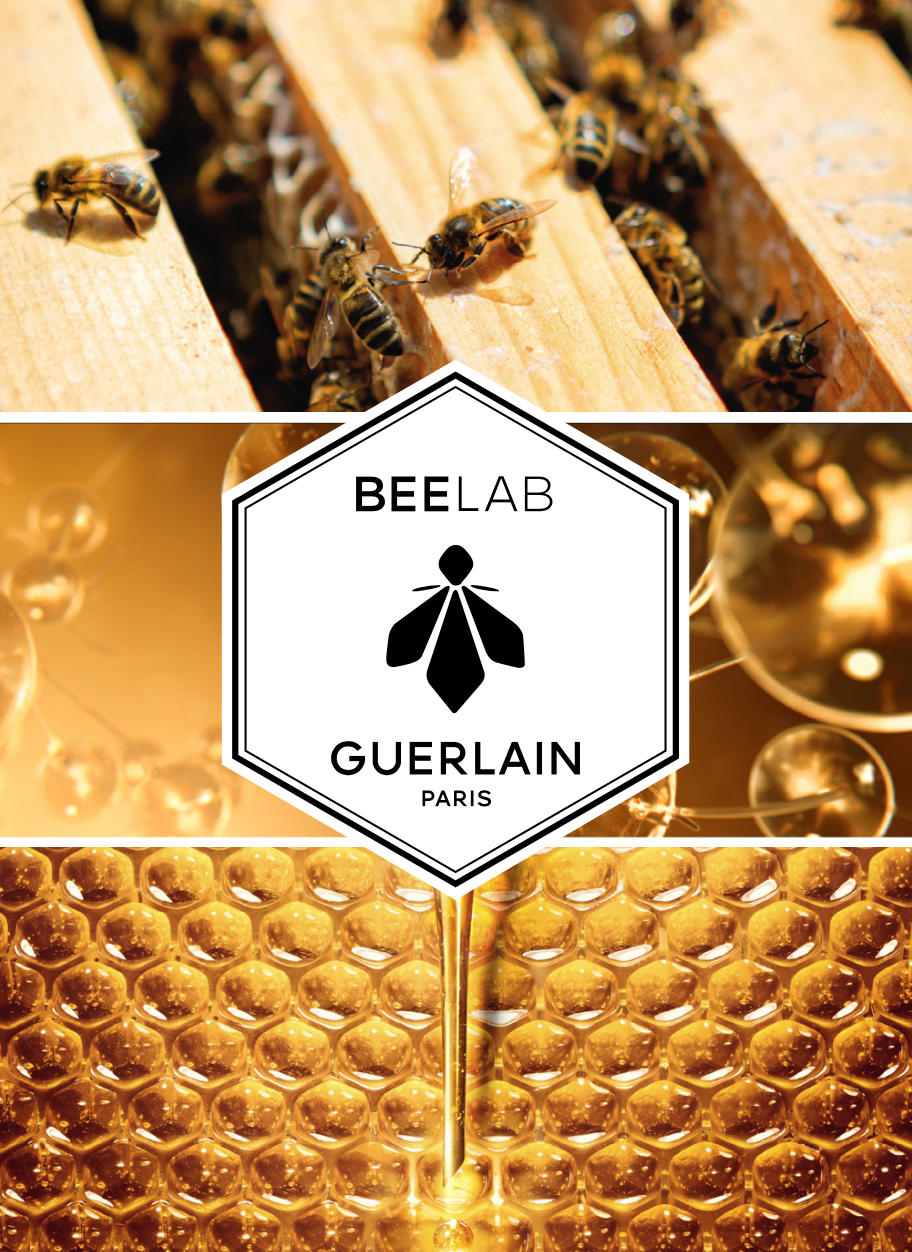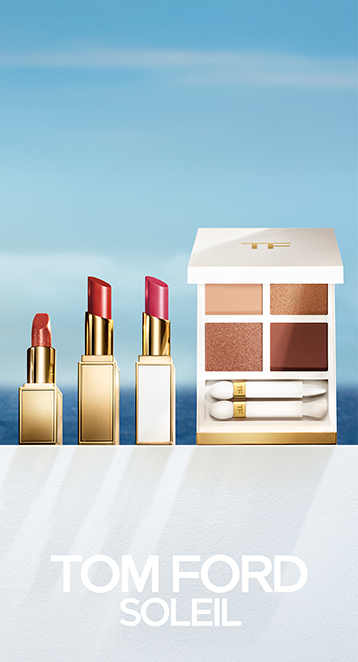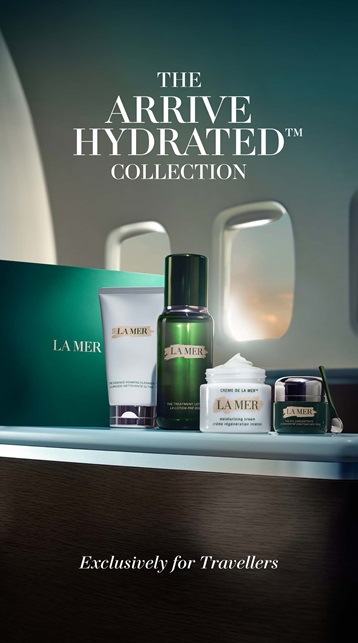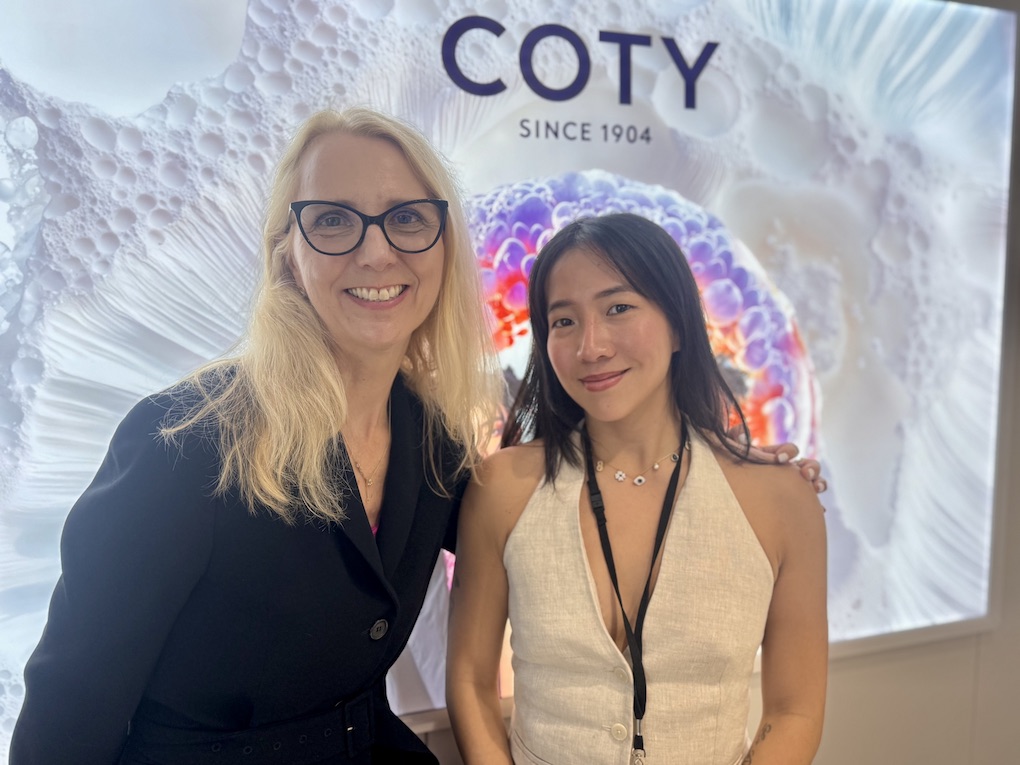
LVMH-owned beauty and fragrance house Guerlain has relaunched its hero Abeille Royale Youth Watery Oil to include 95% natural-origin ingredients. It launched in global travel retail today on 1 August.
The refreshed formula combines rich oil textures with the lightweight feel of water. It blends effective micro-beads with Commiphora oil that melts upon skin contact, absorbs fully and leaves no greasy residue.
The watery oil features a honey fragrance, developed by Guerlain Master Perfumer Thierry Wasser. It comes in a refreshed bottle design with a honeycomb silhouette and made with 10% recycled glass.
The metallic bottle cap, also in a honeycomb shape, is easy to press and dispenses just the right amount of product. The oil is packaged in recyclable FSC cardboard, minimised to fit the bottle exactly and reduce unnecessary packaging.
Infused with Dynamic Black Bee Repair Technology, the Youth Watery Oil offers visible and long-lasting anti-ageing benefits. Clinical tests revealed that the skin is repaired and visibly plumped up 9x faster from the first drop. After six hours, the skin’s hydration is improved by +125%.


Women participating in a self-scoring test said that after one month, their skin felt +56 more plumped, +49% more radiant and +32% smoother.
The Abeille Royale Youth Water Oil was launched in 2013 and has since won 19 international awards. It has been named the number one face oil in Asia in 2020. According to the company, one Youth Watery Oil is sold every 26 seconds.
The new formula was unveiled during the virtual Abeille Royale Skincare Symposium on 11 June. The event, attended by The Moodie Davitt Report, offered a behind-the-scenes look at the skin repair innovation behind Abeille Royale. It also took attendees on a ‘bee journey’ through ten years of Guerlain’s scientific research on skin repair and bee products.
During the event, Guerlain announced the launch of ‘Guerlain BeeLab’ the world’s first-ever research platform dedicated to the study of bee products and their skin-repairing benefits.
According to the company, the research consortium seeks to revolutionise its scientific approach and reinforce its position as a pioneer in bee research. The multi-disciplinary platform covers three research areas: bees, bee products and skin repair.
Each area is led by a leading expert and collaborates with each other to find solutions, select raw materials and find new cosmetic applications for the skin.
The first area, the Bee Hub, is focused on the study of bees, their genetic structure and the movement of bee populations. It has a special focus on the Black Bee, an endemic French species from Ouessant Island which is core to the production of Abeille Royale.

The Bee Product Hub, led by medical and natural substance chemistry expert Professor Leandros Skaltsounis, analyses the detailed composition of various bee products. The hub aims to establish links between bee foraging and production strategies, relative to the biodiversity of the environment.
The Skin Repair Hub is led by Dr. Valérie Planat, a specialist in the study of human skin. Her pioneering cell therapy research is informing Guerlain’s own skin repair approach and how it applies to cosmetics.
The Skincare Symposium concluded with a Q&A led by Guerlain’s leading beauty experts: Director of Research Frédéric Bonté, International Skincare Marketing Director Cécile Koenig, International Spas & Institutes Training and Quality Director Sandrine Silvestre and Chief Sustainability Officer Cécile Lochard.

For over ten years, Guerlain has been committed to protecting and conserving bees, which have become a symbol for the brand’s long-term sustainability goals.
Guerlain’s sustainable mission comprises five pillars: innovating sustainably in full transparency, preserving biodiversity and protecting bees, acting for climate change and creating a positive social impact while safeguarding nature.
As reported, Guerlain recently teamed up with UNESCO to launch the ‘Women for Bees’ female beekeeping entrepreneurship programme.
The ‘Guerlain For Bees Conservation Programme,’ which embraces the Women for Bees campaign, is focused on four key areas: bee protection, bee welfare, bee repopulation and education on bees.











